Updated September 20, 2021
Urinary incontinence can contribute to accidental falls in several ways:
- Incontinence episodes may lead to slips on wet floor surfaces.
- Urge incontinence may increase fall risk when a person hurries to the toilet, especially in unfamiliar, cluttered or dark areas.
- Episodes of urinary incontinence may be transitory and often related to acute illness, such as urinary tract infections that can cause incontinence, delirium, drowsiness and hypotension.
- Medications used to treat incontinence, such as anticholinergics or alpha blockers, can cause postural hypotension.
- Waking up to urinate at night can result in poor sleep, which is associated with increased fall risk.
- Making frequent bathroom trips at night, through a poorly lit or obstructed pathway, may increase fall risk.
Strategies to reduce fall risk
Environmental changes in the home can help reduce accidents. Individuals who have difficulty standing may strain to do so, which puts pressure on the bladder. Adding sturdy arms or rails next to the chair or bed can help.
A clear path to the bathroom can also help to reduce incontinence episodes. Check to see that there is appropriate lighting on the path to the bathroom.
Try These 9 Strategies to Reduce Fall Risk:
- Schedule an annual eye exam.
- Avoid throw-rugs. If throw rugs must be used, secure them with non-slip matting or tape underneath.
- Ask the doctor or pharmacist to review medications that may cause dizziness or drowsiness.
- Improve balance and strength with gentle exercise programs such as yoga or Tai Chi.
- Ensure the person is wearing suitable clothes that can be easily removed, and good footwear to reduce slipping.
- Consider a non-slip mat on the floor beside the bed for people who experience urinary incontinence when transferring from bed.
- Install handrails in stairways, in the shower and next to the toilet.
- Keep the pathway to the toilet obstacle free and leave a night light on in the bedroom/bathroom at night.
- Assess whether the use of absorbent products such as adult diapers, undergarments or underpads is necessary.
Click here for a room-by-room checklist to fall-proof the home: Preventing Falls at Home: A Safety Checklist
For more information on Incontinence and fall prevention:
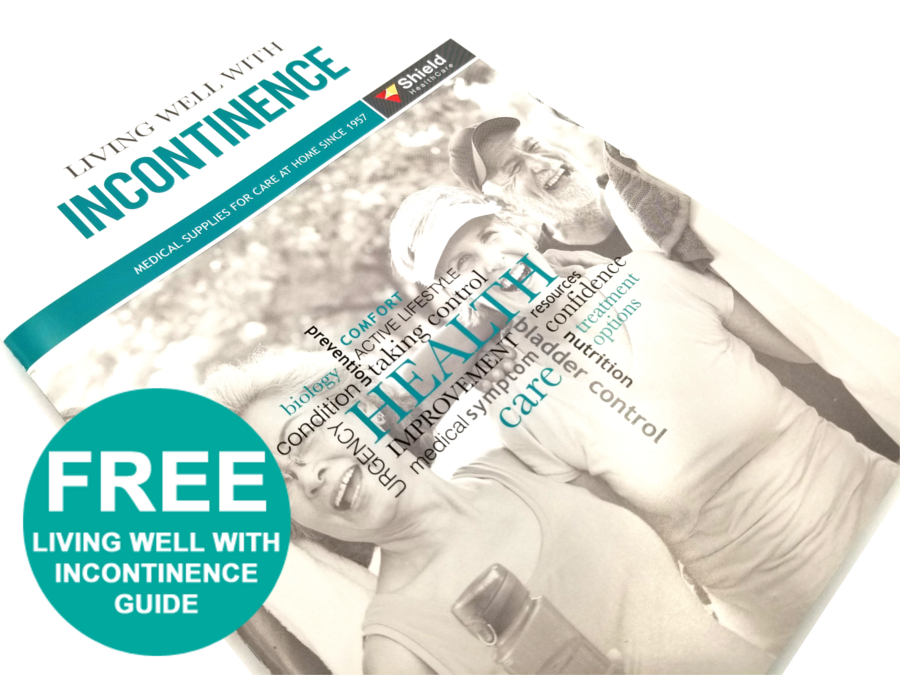
We developed this guide to answer some of the most frequently asked questions about living with incontinence. Here you’ll find information on the different types of incontinence, key product types for incontinence care, the importance of skin care, fall prevention strategies, lifestyle tips and more.
Find more articles about incontinence, falls and seniors:







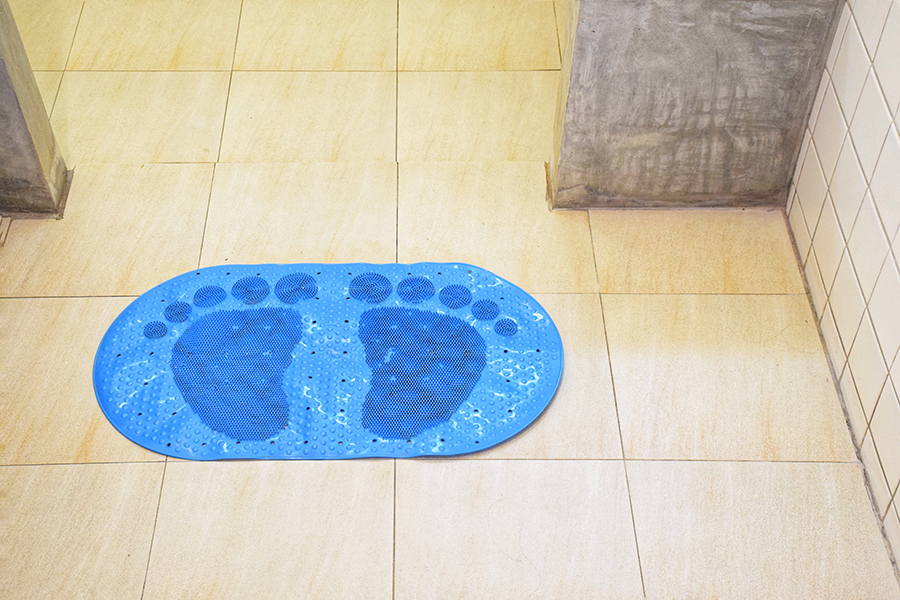

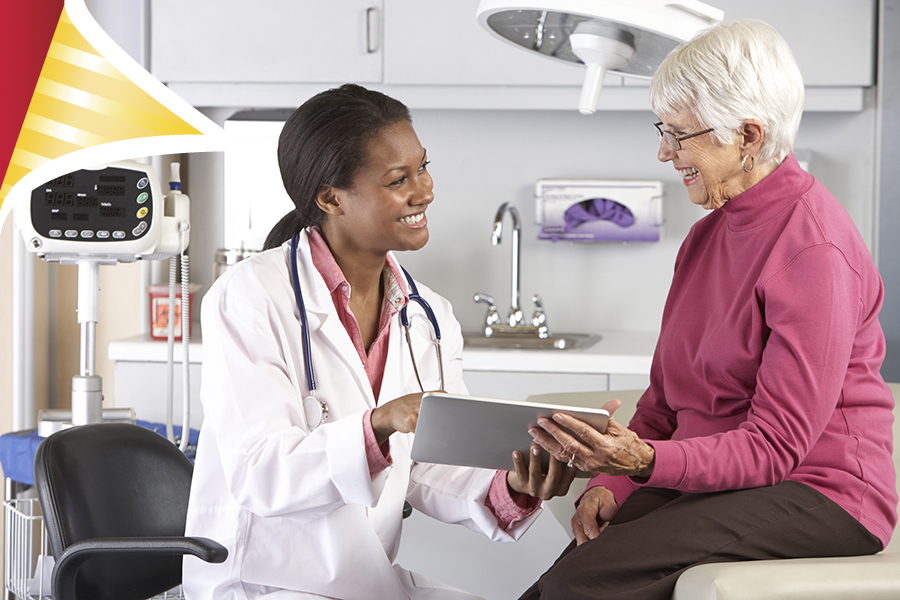
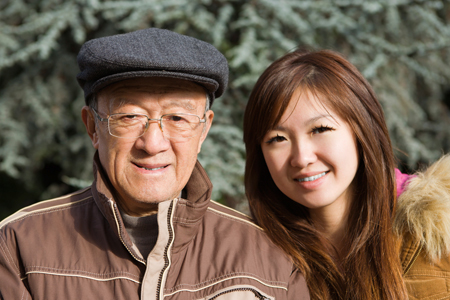
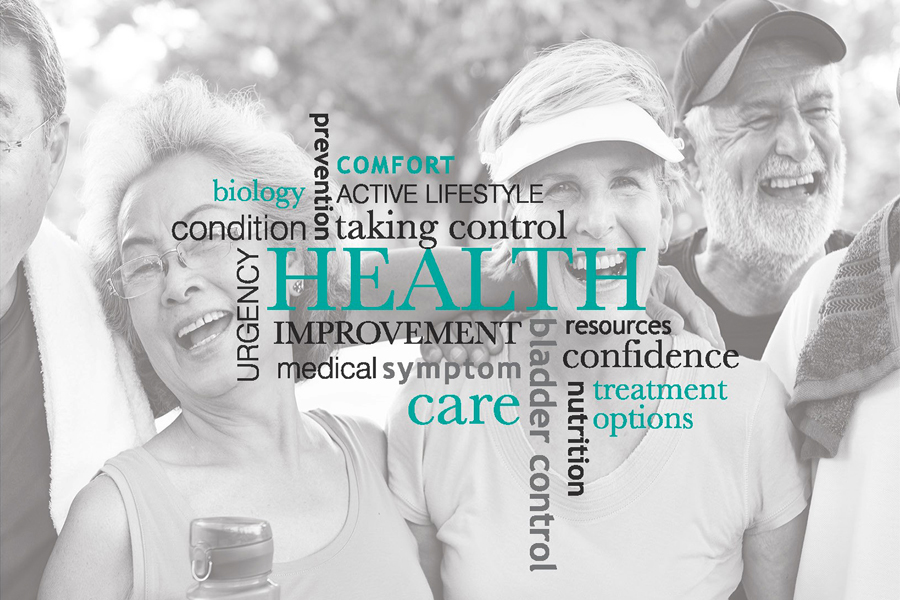
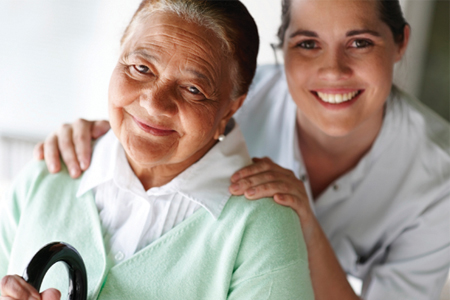
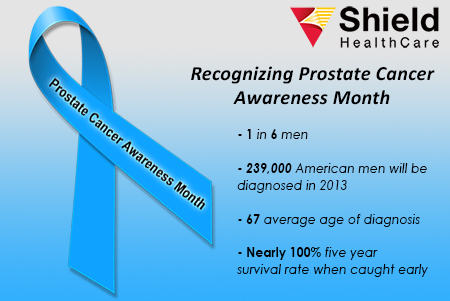
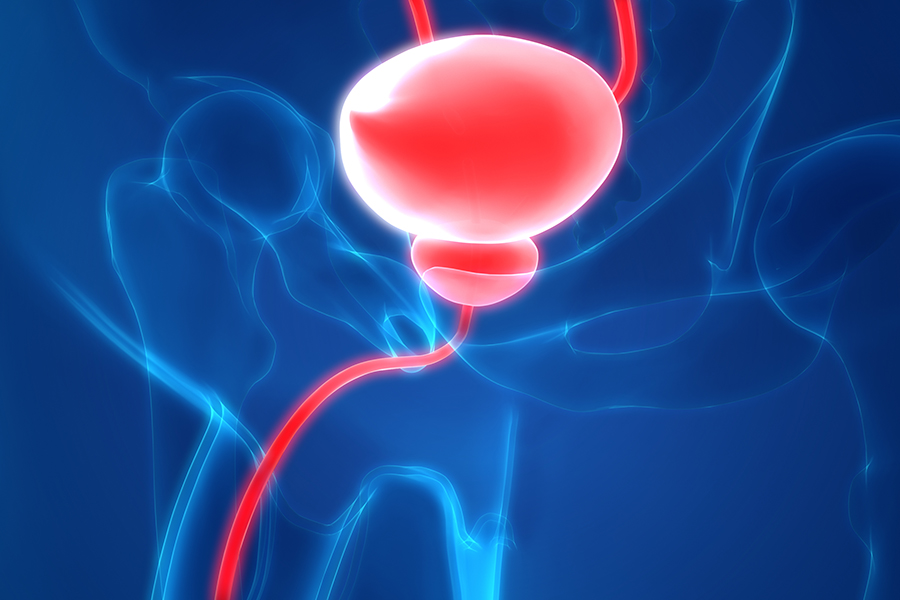

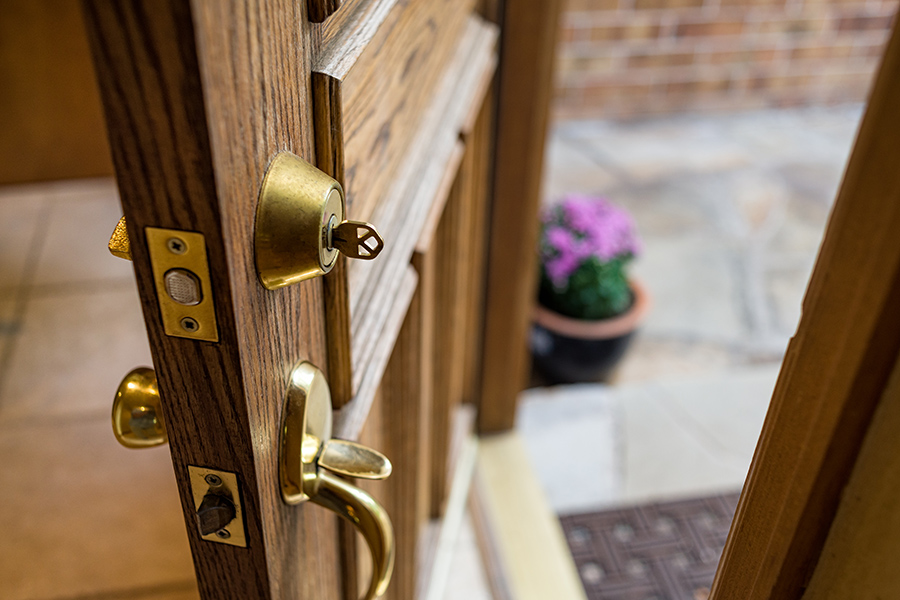
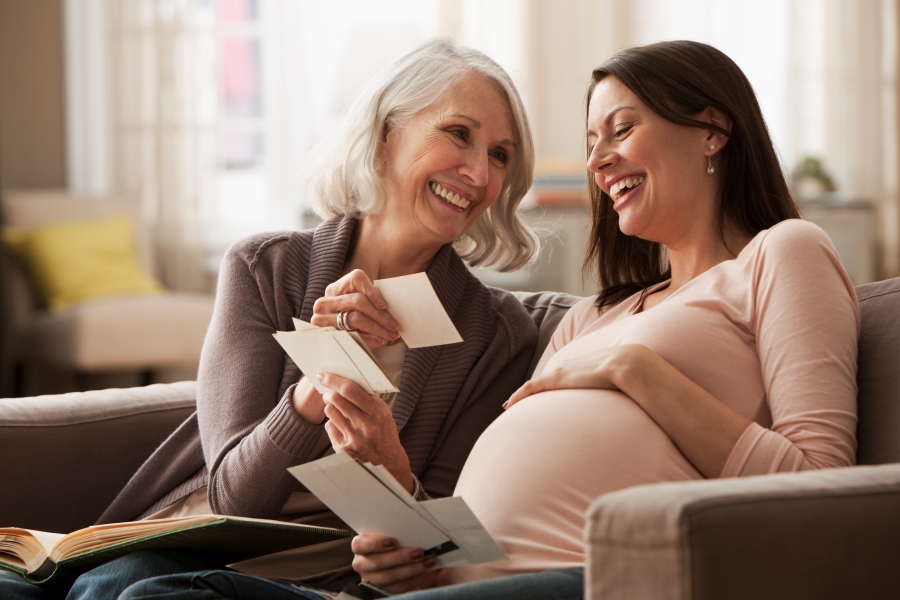
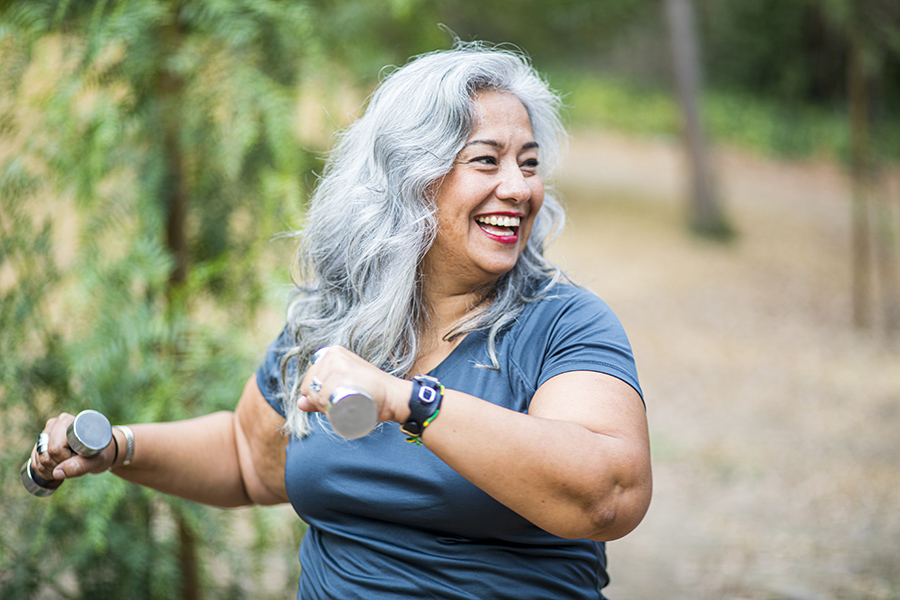

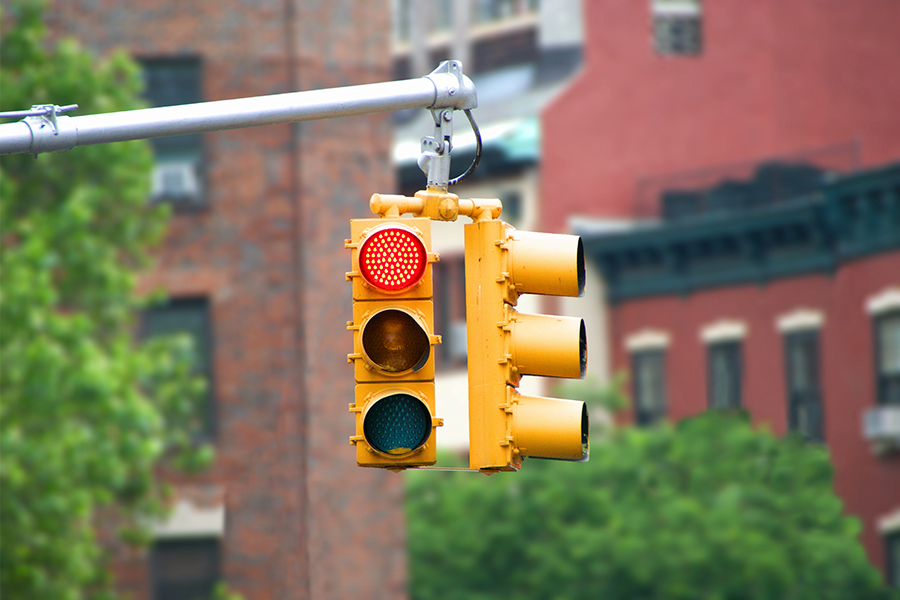
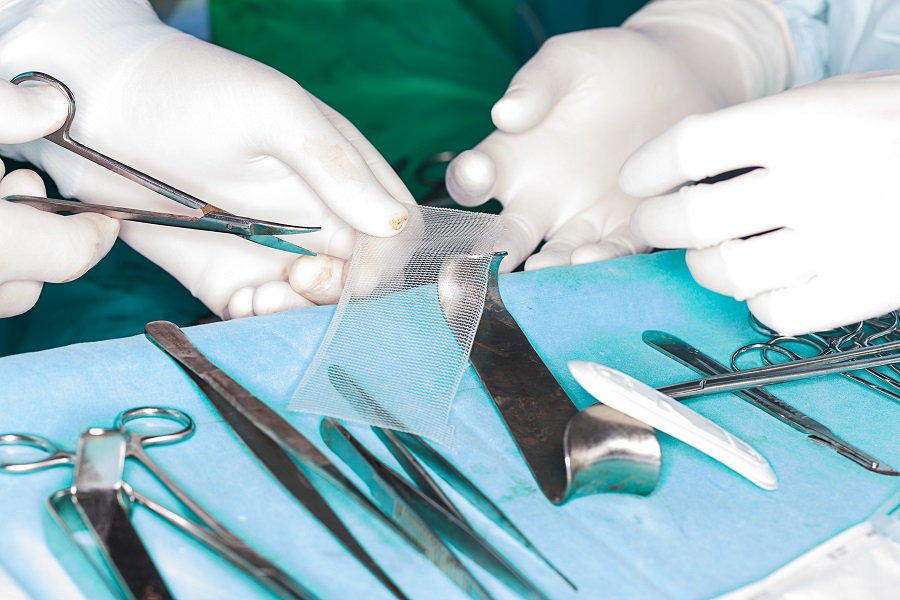
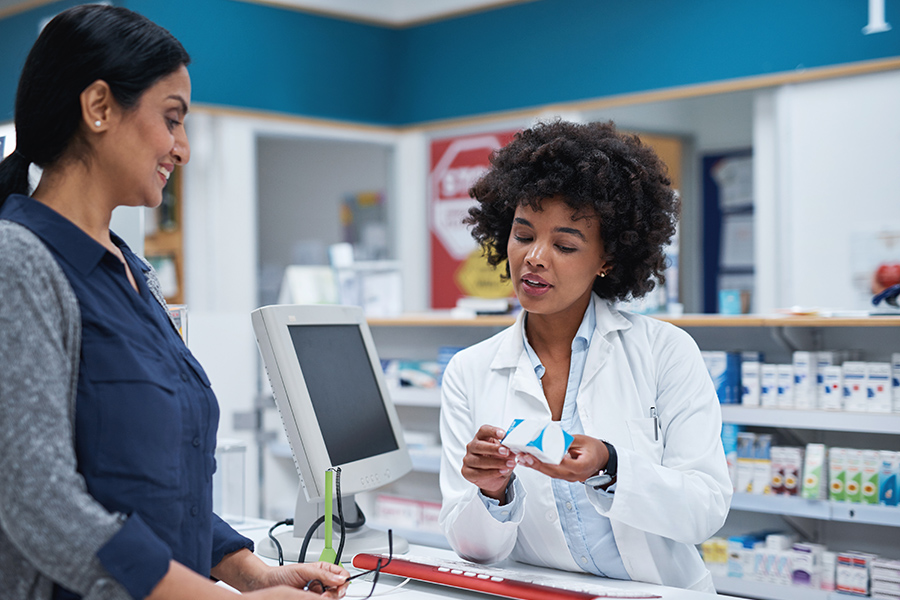
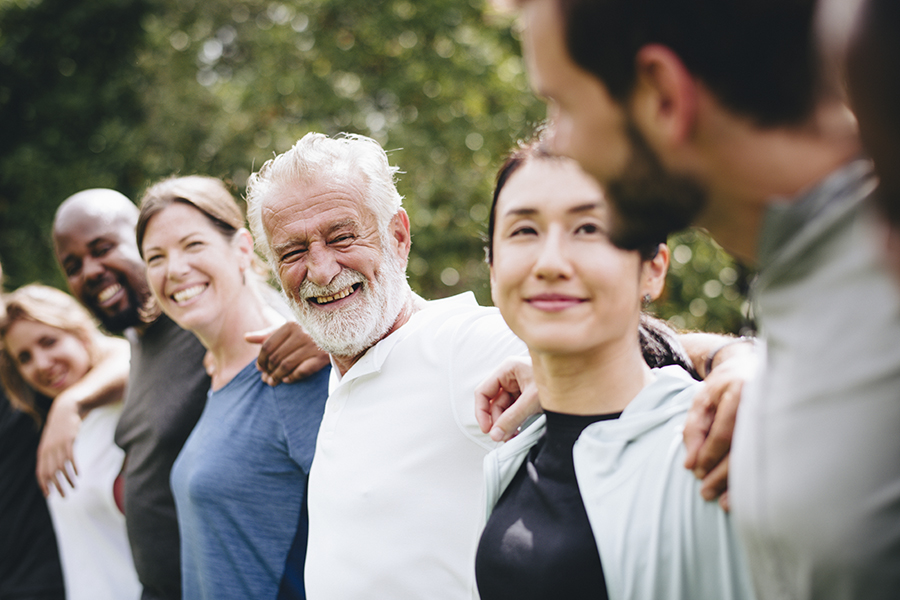
I have urge incontinence, &Shieldhealth care is wonderful. I wish I could continue to use them;The State of California is trying to charge me $1,592, per month for my supplies & help…. If this mess is straightneed out,I will use SHIELD HEALTHCARE, again…